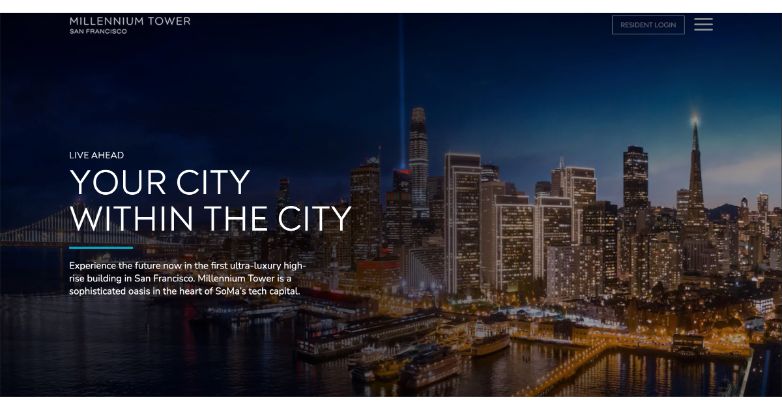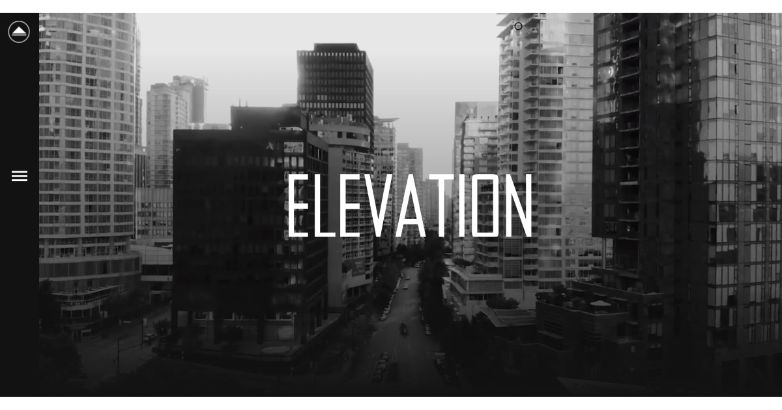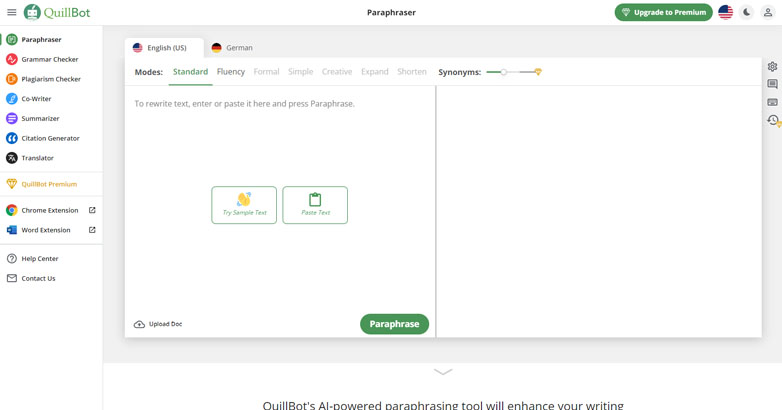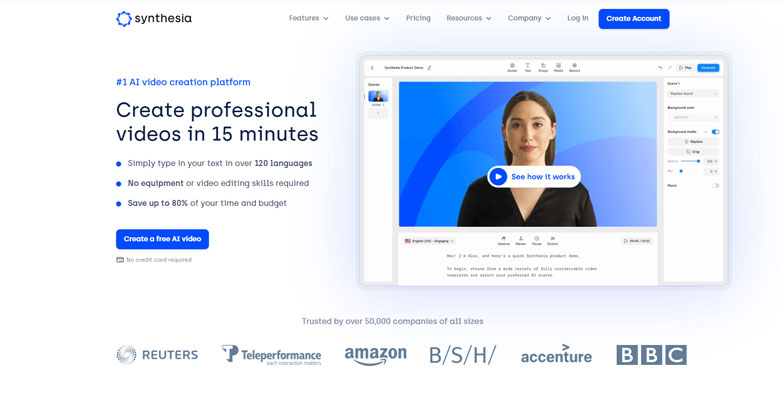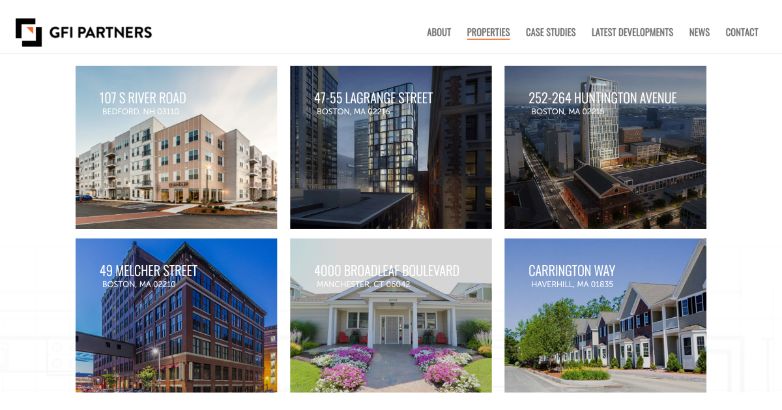To thrive as a realtor, it is crucial to prioritize maintaining a prominent presence in the minds of potential leads and continuously expanding your network through effective self-promotion. Among various digital marketing strategies, one stands out as exceptionally effective: real estate email marketing.
Real estate email marketing is a potent marketing approach that revolves around the act of sending targeted emails to customers and potential prospects. At its core, successful email marketing revolves around cultivating relationships, and when executed proficiently, it serves as a means to nurture leads from both buyers and sellers, effectively transforming potential prospects into valuable clients.
In this comprehensive guide, we’ll provide you with all of the valuable insights you’ll need to leverage email marketing as a realtor, allowing you to differentiate yourself in this fiercely competitive market. Let’s dive in!
Benefits of Real Estate Marketing
In the age of social media dominance, it’s tempting to dismiss the significance of email marketing. However, the enduring success of email marketing and its consistent ability to yield favorable outcomes consistently reaffirm its status as a vital element in any marketing endeavor.
Here are some of the major benefits of real estate email marketing:
- Cost-Effective: Real estate email marketing provides an excellent ROI with a significantly lower cost compared to traditional marketing methods.
- Ease and Speed of Sending: Email marketing allows real estate professionals to easily create and send messages to their target audience with just a few clicks. Plus, with the help of email automation tools, you can set up scheduled campaigns, saving time and effort in the long run.
- Trackable Metrics: The ability to track and measure the performance of your campaign with metrics such as open rates, click-through rates, and conversion rates, you can gain valuable insights into their effectiveness.
- Easy to Segment: Email marketing platforms provide the flexibility to segment your contact list based on various criteria such as location, property preferences, or client interests, helping you deliver highly targeted and personalized messages that resonate with specific groups, increasing the chances of conversion.
According to ActivePipe, email marketing boasts an impressive ROI, generating $42 for every $1 spent. This figure significantly surpasses the returns achieved through other digital marketing avenues such as social media campaigns and pay-per-click advertising.
How to Start Email Marketing for Real Estate
1. Create a Website
Before you dive head first into your real estate email marketing campaign, you’ll need to establish a professional website that showcases your real estate services, listings, and expertise. Think of your website as the hub for capturing leads and driving potential clients to sign up for your email list.
You’ll want to make sure to include an easily accessible email signup form on your website easily discoverable. Consider implementing your email opt-ins in the following places:
- On your main contact page
- On a homepage pop-up
- At the top and bottom corners of your website
- At the bottom of each blog post
Explore some of our favorite real estate website design ideas and real estate investor landing pages for inspiration!

2. Publish Content
Next, you’ll want to make sure your website is filled with valuable and informative real estate-centric content.
This can include blog articles, market updates, home buying/selling tips, neighborhood guides, etc. Regularly publish this content on your website to attract visitors and encourage them to subscribe to your email list.
Your primary objective should focus on establishing local topical authority, which entails creating content that covers a range of core topics and their relevant subtopics, catering to the interests and needs of your audience.
The important thing here is that all of your content is SEO-optimized with relevant keywords. To identify the precise keywords to incorporate within your articles, you can use the SEMRush Keyword Magic Tool.
3. Insert Lead Magnets
Offer lead magnet that new subscribers will promptly receive in their inbox upon signing up.
Ensure that the resource you provide delivers substantial value and aligns with the interests and needs of potential subscribers in the realm of real estate.
Here are a few common lead magnet ideas for real estate email marketing:
- Buyer/Seller Guides
- Live Webinars & Video Training
- Free Home Evaluations
- Exclusive Video Tours
- Market Reports
For example, the team over at Genesis Realty offers a free PDF download about “How To Get Your Home Ready for Market” when you sign up!
Elevate Your Luxury Brand Today
Schedule Your Free Consultation
Seeking to elevate your luxury business? Let Mediaboom guide you. Secure your exclusive, free consultation with our luxury marketing experts today.
4. Segment Your Audience
With email marketing, you can segment your audience and deliver personalized content to each segment.
For example, let’s say Individual A joins your email list following her visit to an open house.
Although she didn’t make an offer at the time, she has expressed her future interest in working with you.
Individual B subscribed to your email list several months ago when he initiated his search for a new home. With your help, he successfully purchased his dream property.
If you were to send the same content to both individuals, it would create complications. Individual A would benefit from receiving educational resources about move preparation or content related to new listings, while Individual B, having recently purchased a home, would find such content irrelevant.
By segmenting your audience, you can tailor your email communications to address the specific needs and interests of each of these individuals, offering a personalized approach to foster a stronger relationship and enhance the likelihood of future engagement or collaboration.

5. Send Personalized Emails
Email communication is inherently personalized, establishing a sense of rapport and fostering a connection. By tailoring your emails to read like personal letters addressed directly to the recipient, you can cultivate a closer relationship.
This level of intimacy has the potential to transform what would be cold, sterile real estate email marketing emails into more engaging and receptive leads.
In fact, even the simple inclusion of subscriber names within the content and subject lines of your emails can effectively boost the likelihood of increased open rates.
6. Track and Monitor Results
Tracking and monitoring crucial metrics will give you an idea of the effectiveness of your campaign. Here are some of the most important metrics to keep your eye on:
- Open Rate
- Click-Through Rate (CTR)
- Bounce Rate
- Conversion Rate
- Unsubscriber Numbers
- Spam Complaints
- List Growth Rate
- Forward Rate
- Engagement Over Time
Leadfeeder put out a number of quality tools you can use to track and monitor your email results.
Of course, taking your real estate business to new heights can be difficult if you’re new to email marketing, which is why we encourage you to get in touch with us here at MediaBoom. We’re a premier digital marketing agency specializing in real estate, and we can help you ignite your online presence, attract qualified leads, and close more deals.
Explore our Top 10 Property Marketing Strategies for Real Estate Success.
Download Our FREE E-Book
10 Website Mistakes Luxury Brands Should Avoid
Does your luxury website include any of these common mistakes? Learn the secrets to driving more traffic to your luxury website, generating more leads, and ultimately increasing sales.
The Email Market Tool That You Need
Selecting the ideal email marketing tool can be a challenging task, given the multitude of factors to consider.
Through our continuous research, GetResponse stands out time and time again as one of the top email marketing tools, highly regarded and widely utilized.
This robust email marketing tool boasts intelligent automation capabilities that streamline campaign management effortlessly.
Its user-friendly interface also provides seamless guidance throughout the setup process, while the analytics integration is impressively smooth, facilitating comprehensive insights.
Moreover, its competitive pricing and scalability options make it an attractive choice to accommodate the growth of any real estate business.
What Types of Emails Can You Use in Real Estate
1. Welcome Email
A welcome email is an automated correspondence that gets triggered when a new subscriber joins your real estate email marketing list.

Its purpose is to create a positive impression and reaffirm the subscriber’s decision to join. By setting clear expectations regarding email frequency and content, welcome emails play a vital role in ensuring subscribers feel informed and comfortable.
Plus, they have the potential to drive early engagement, prompting subscribers to actively respond, click on links, or share your real estate marketing materials. Remember that every email should align with your real estate branding.
2. Promotional Email
With the growing acceptance of virtual shopping, realtors leveraging promotional emails to share blogs, videos, listings, and updates can expect a significant boost in engagement.

Above is an excellent template for promoting listings. One reason we love this template is it showcases prominent property features and includes compelling visuals of specific properties. Targeted delivery of promotional emails is recommended!
3. Thank You Emails
Thank you emails are great for showing appreciation to clients or prospects for their interactions, such as attending an open house or subscribing to your newsletter. These emails can help nurture relationships and foster goodwill.

Above is an excellent example of a ‘Thank You’ email.
Broker Kendahl McIntyre goes the extra mile by incentivizing referrals. As a token of gratitude, she sends a personalized thank you message to those who refer clients, accompanied by a voucher gift.
This thoughtful gesture not only shows appreciation but also encourages further referrals and strengthens the relationship with clients.
4. Cross-Selling/Up-Selling Emails
Capitalize on existing client relationships by promoting related or upgraded services, such as offering assistance with mortgage refinancing or highlighting additional property listings.
These emails can drive repeat business and expand revenue opportunities.
Always make sure to prioritize transparency by clearly communicating to your customers that their recent purchase is what made them eligible for a new offer.
Once you have configured this portion of your real estate email marketing campaign, you can confidently rely on the automated techniques to do the heavy lifting for you!
5. Feedback Emails
Request feedback from clients after a transaction or engagement to gather testimonials or improve your services.
Client reviews play a vital role in establishing your credibility. It is beneficial to proactively seek feedback from clients throughout your working relationship or upon closing a deal.
Following a successful transaction, maintaining contact with satisfied homeowners or sellers is a thoughtful gesture. Besides nurturing the relationship, you can leverage this opportunity to request referrals to expand your portfolio and enhance your credibility.
Incorporating these online reviews and testimonials into your email copy further reinforces your expertise and serves as social proof of your exceptional services.

Above is an excellent example of a feedback email with an included survey, allowing clients to provide their thoughts about their experience working with you.
Remember that referral emails can be a valuable tool not only for clients but also for industry partners such as attorneys and lenders.
If the partnership has been mutually beneficial, why not reach out to your partners and propose a mutual referral?
Check out our 7 Key Campaign Elements for Real Estate Advertising.
6. Newsletter Emails
Email newsletters serve as an ideal starting point for beginners in email marketing due to their simplicity and effectiveness.
Similar to print newsletters, email newsletters are sent out at regular intervals, such as weekly or monthly. Typically, these newsletters include updates on your latest listings, upcoming events, current real estate trends in your area, recent blog posts, or a summary of your real estate blog.
By leveraging email newsletters, you can efficiently communicate with your audience, keeping them informed about relevant and engaging content while showcasing your expertise in the real estate industry.
It’s also important to remember that newsletters serve a dual purpose: delivering reliable expert content that readers can rely on and ensuring your services remain at the forefront of potential new clients’ minds.
The following newsletter exemplifies an ideal approach to staying relevant and engaging with your audience. Additionally, we have curated a collection of ideas for the ideal newsletter strategy to inspire you and streamline the process.

You newsletter emails help establish your expertise, keep your audience informed, and maintain regular engagement, and are a very important part of your overall strategy.
Learn more about Google Ads for Real Estate Investors.
Elevate Your Luxury Brand Today
Schedule Your Free Consultation
Seeking to elevate your luxury business? Let Mediaboom guide you. Secure your exclusive, free consultation with our luxury marketing experts today.
Hire Now a Real Estate Marketing Agency
Today is the day to start prioritizing the development and expansion of your real estate firm, and that starts with implementing a quality real estate email marketing strategy. Implementing the aforementioned strategies in your real estate marketing efforts will no doubt yield positive outcomes, as it has done for countless others.
If you are seeking a reliable partner with expertise and a stellar track record of driving results, look no further than Mediaboom. Our dedicated real estate digital marketing agency is committed to delivering exceptional outcomes and propelling your firm toward success.
Get in contact with us today to learn more!

































